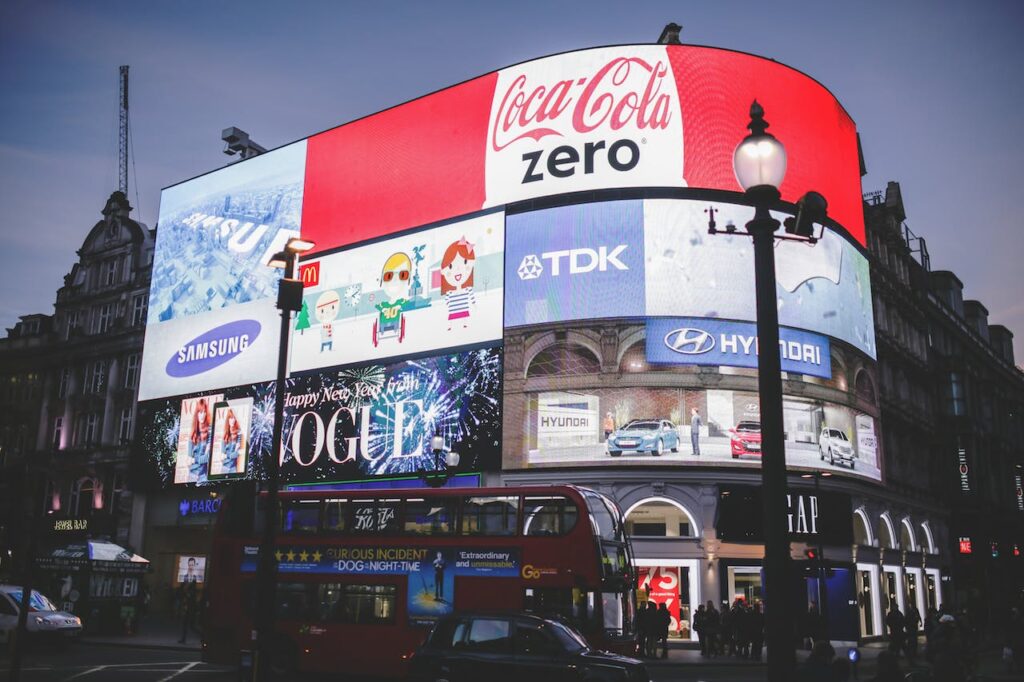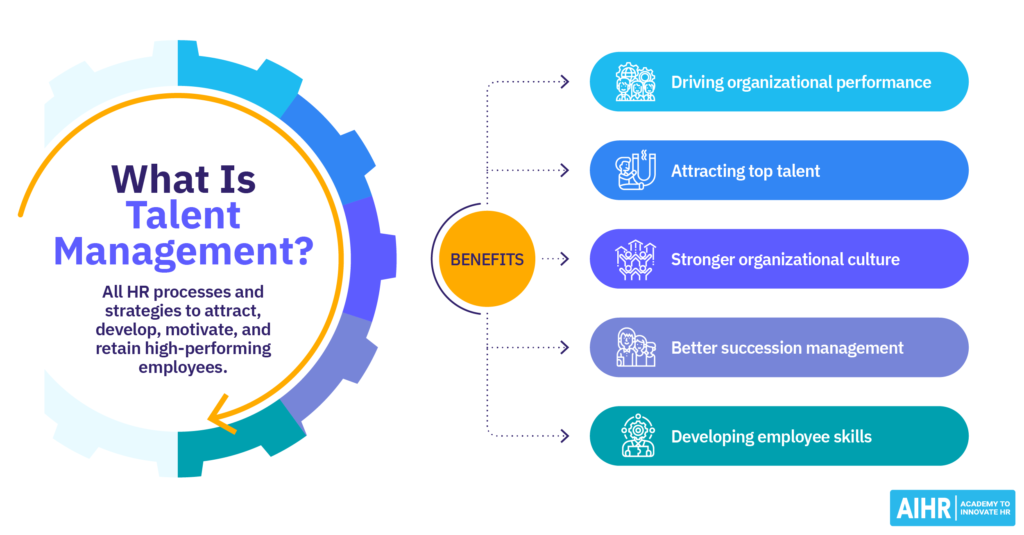Hey there! Ready to dive into the dizzying world of Google Ads bidding strategies? It’s a jungle out there, but we’ve got the map to guide you through. This comprehensive blog post is all about understanding the ins and outs of Google Ads bidding strategies tailored for businesses of all shapes and sizes.
Whether you’re a small startup looking to get the word out or a well-established Sydney Google Ads agency aiming to boost your marketing game, we’ve got you covered. We’ll explore various bidding strategies, weigh their pros and cons, and help you pinpoint the one that fits your business goals like a glove. So, buckle up and get ready to take your Google Ads game to the next level!
Understanding the Basics: What’s in a Bid?
First things first, let’s get our feet wet by understanding what Google Ads bidding is all about. At its core, bidding in Google Ads is the process of setting a maximum amount you’re willing to pay for a user to interact with your ad. Whether it’s clicking, viewing, or taking a specific action, your bid plays a crucial role in determining how your ad performs.
The Big Decision: Manual vs. Automated Bidding
When it comes to Google Ads, you’ve got two main paths to tread: manual bidding and automated bidding. Manual bidding is like driving a manual car – you’ve got full control, but it requires a keen eye and a steady hand. You decide how much to bid for clicks on your ads. Automated bidding, on the other hand, is like cruising in an automatic car. You let Google’s algorithms adjust your bids in real-time, aiming to get the most bang for your buck.
Manual Bidding: For the Control Enthusiasts
If you’re the type who likes to have your hands on the wheel, manual bidding could be your jam. It’s great for businesses with specific advertising goals or those who have a tight grip on their ad campaigns. You can set bids at the ad group level, or for individual keywords, giving you the flexibility to allocate your budget where it’s needed most.
Automated Bidding: Set It and Forget It
On the flip side, automated bidding strategies can be a real lifesaver for busy bees. You’re letting Google do the heavy lifting, using historical data and machine learning to optimise your bids for conversions or conversion value. This approach can be a game-changer for maximising efficiency and can include strategies like Target CPA (Cost Per Acquisition) and Maximise Conversions.
The Strategy Showcase: Exploring Your Options
Let’s break down some popular bidding strategies:
Cost-Per-Click (CPC) Bidding: This is the go-to strategy if you’re aiming to drive traffic to your website. You pay for each click your ad receives. It’s fantastic for campaigns where your goal is to get folks to visit your site, whether it’s to read a blog, explore products, or sign up for a newsletter. If your website is primed to convert visitors, or you’re keen on tracking how users engage with your site, CPC bidding is your best bet.
Best Used When: You have a strong website with effective conversion mechanisms in place, and your primary objective is to increase site traffic.
Cost-Per-Mille (CPM) Bidding: Perfect for campaigns focused on brand awareness and visibility. With CPM (cost per thousand impressions), you pay based on the number of times your ad is shown, regardless of clicks. This strategy is a winner when your goal is to get your brand or message out to as many eyes as possible, especially in a crowded market.
Best Used When: You want to boost brand recognition, and your focus is more on exposure than immediate conversions.
Cost-Per-Engagement (CPE) Bidding: This one’s a bit more specialised. You only pay when users take a specific action with your ad, like signing up, sharing, or watching a video. CPE is ideal for interactive ad formats where engagement is a clear indicator of interest or intent.
Best Used When: Your campaign is engagement-focused, like encouraging sign-ups for a webinar or shares of a promotional video.
Target CPA (Cost Per Acquisition): This automated strategy is all about conversions at a set cost. You tell Google the amount you’re willing to spend for a conversion, and it tweaks your bids to hit that target. It’s great for businesses with a clear understanding of their conversion value and a desire to maintain consistent acquisition costs.
Best Used When: You have a specific cost-per-conversion target and enough conversion data for Google’s algorithms to work effectively.
Maximise Conversions: If your main aim is to get as many conversions as possible within your budget, this is your strategy. Google uses advanced algorithms to adjust your bids in real-time, squeezing out the maximum number of conversions your budget can afford. This strategy is a powerhouse when you’re flexible on cost per conversion but fixed on budget.
Best Used When: Your focus is on maximising conversions, and you have a set budget you’re not willing to exceed.
The Balancing Act: Budgets and Bids
Remember, your bidding strategy should go hand in hand with your budget. A high bid might get you top ad placement, but it could also burn through your budget faster than a hot knife through butter. It’s all about finding that sweet spot where your bids and budget work in harmony.
Testing the Waters: The Importance of Experimentation
Don’t be afraid to test different strategies. What works like a charm for one business might not for another. Run small experiments with different bidding strategies to see which brings home the bacon for your specific goals.
Keeping an Eye on the Prize: Monitoring and Adjusting
The world of Google Ads is ever-changing. Keep a close eye on your campaigns and be ready to pivot as needed. Regular monitoring and tweaking can turn a good campaign into a great one.
Conclusion: Your Path to Bidding Brilliance
In the end, choosing the right Google Ads bidding strategy is about understanding your business goals, knowing your audience, and balancing risk with reward. Whether you’re hands-on with manual bidding or letting automated strategies do the legwork, the right approach can catapult your business to new heights.
So, what’s your next move? Ready to make a splash in the Google Ads world? Remember, Rome wasn’t built in a day, and neither were reputable marketing agencies like Ambire. Patience, persistence, and a pinch of daring – that’s the secret sauce to Google Ads success!




